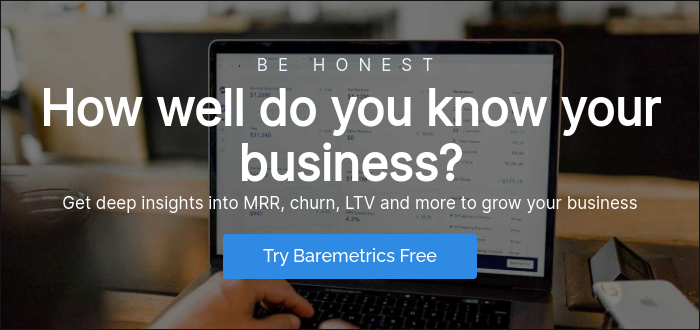Lead generation is the process of attracting prospective customers to your business with the intent of eventually converting them to paid customers.
Generating a continuous flow of leads, people who have expressed interest in your company’s offerings, will allow you to guide them through a value-laden marketing and sales funnel, and convert them to happy and paying customers. Failing to generate leads should signal the need to consider the value and quality of your lead magnets, alter how you’ve positioned your solution, or reassess your Product Market Fit.
Marketing and Sales Funnel
The top of the funnel is where your prospects initially learn about your company and the solution you’re offering them. This can occur through a wide range of online tactics like SEO or digital ads or offline methods like speaking at conferences or attending trade shows.
From there, a prospect can express interest and become a lead by doing any number of the following activities:
- Subscribing to your newsletter or blog
- Signing up for a free demo of your product
- Handing you their business card at an event
- Downloading your company’s ebook
- Send you an e-mail
- Inputting their email address to receive a discount code
- Registering for your webinar
In David T. Scott’s book The New Rules of Lead Generation, he describes these actions as getting people to “raise their hands” to signal that they are interested in buying your product or learning more about it. On your end, it’s crucial to collect enough information to continuously reach out to your leads and stay in touch until they’re interested in buying down the line.
The middle of the funnel is where you work towards qualifying and converting your leads. After you’ve established that your leads are legitimate and represent your ideal customer, provide them with the information they need to make a decision about your product. This could mean having a sales representative jump on a call to ease any anxieties about purchasing and clearly showcasing your value proposition. It could also mean producing high quality content through your newsletter or blog that’s relevant to their space and positions your company as a thought leader they want to buy from.
The bottom of the funnel is where you close the deal and your lead turns into a full-fledged customer. At this point, you’ll switch gears from your lead generation strategy to your customer success program in order to drive retention. Note: a strong customer success program will go a long way in generating leads through referrals and testimonials that provide social proof.
Manage Your Lead Expectations
As a general rule, the more expensive your product, the longer and more nuanced your lead qualification and conversion process will have to be. Likewise, as you move from providing a simple B2C solution to offering an enterprise level B2B solution, the number of gatekeepers and decision makers you encounter through your marketing and sales funnel will increase substantially. Consequently, your lead conversion process will lengthen and become more complex.
Formulating Your Lead Generation Strategy
A strong lead generation strategy yields a large amount of high quality leads and does so in a manner that is cost effective. Remember, if your cost of customer acquisition cost (CAC) is higher than your lifetime value (LTV), it’s time to reassess your current strategy.
Your approach to lead generation should be guided by your customers. Get into their heads and determine where they hang out – both online and offline, how they make decisions, and what their pain points are. Knowing the answers to these questions will make lead generation that much easier and put you on the pathway to growth.


